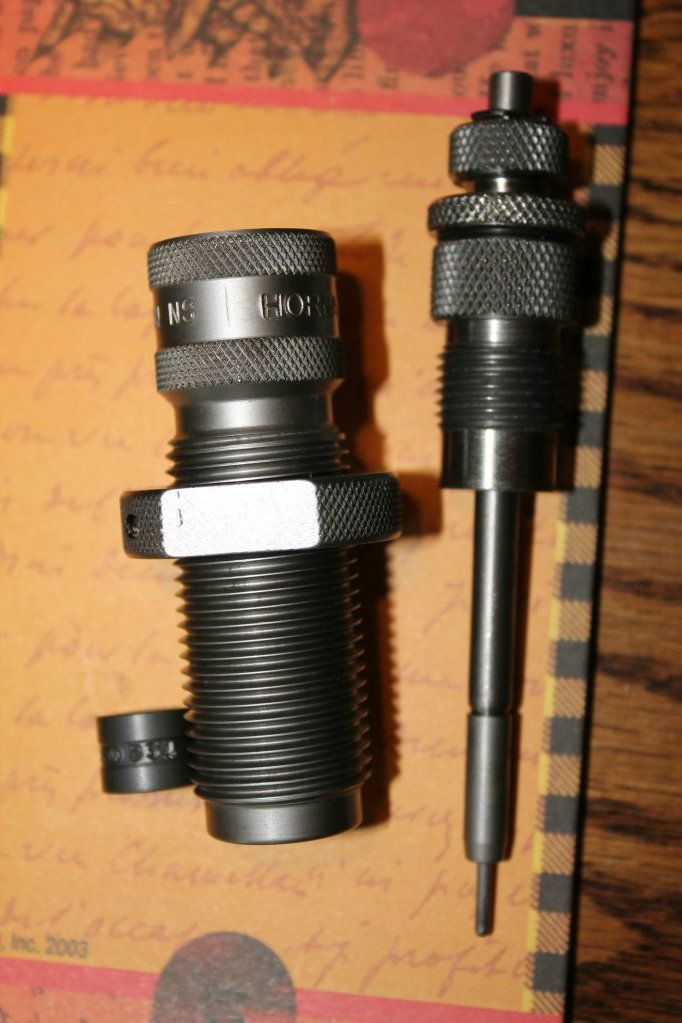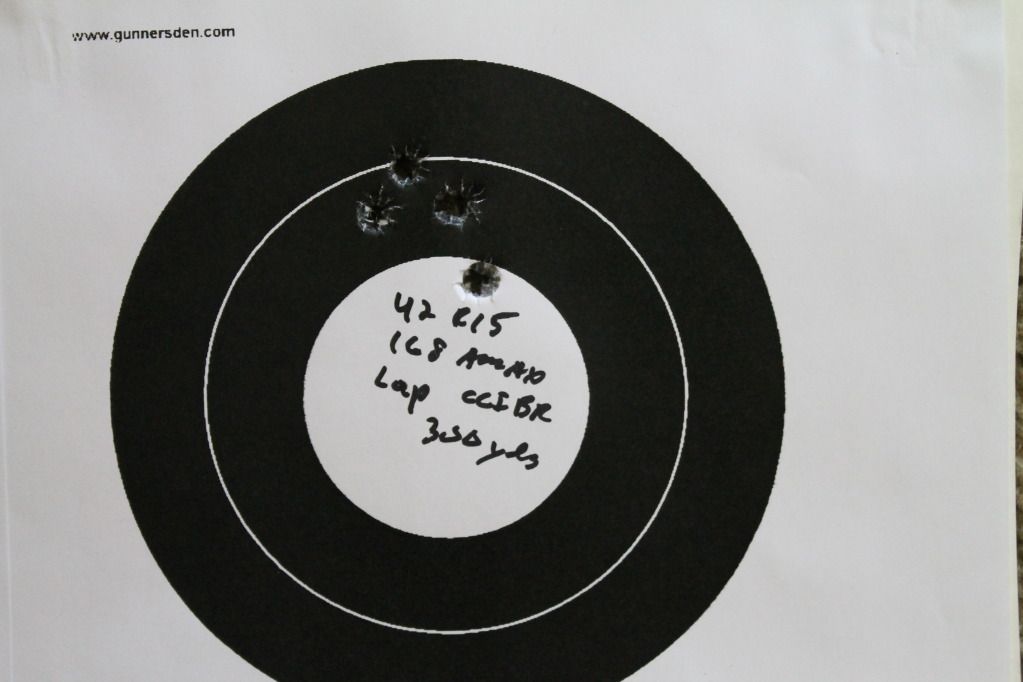My dad always taught me, it never hurts to ask, so here goes. I just recently started reloading. I started with lake city brass and rl17, and worked up a half inch load with 208 amax. Good load, just wanted a little more fps that i could get out of winny brass. I bought some once fired winchester brass and separated it by weight, chamfered flash hole, trimmed to same length, full length resized with redding bushing die with .331 bushing, and seated my sorted 208 amax bullets with a forster micrometer seating die. On the first time firing these, i found a good accuracy node around 49 grains. On all subsequent firings, i cannot get it to group under an inch. I have annealed it and resized, and everything else i know to do. I thought that maybe it was not enough neck tension so i went down to .300 bushing. Nothing. My gun is still shooting sub half inch with match ammo, but not with my loads. All this is in a rem 700 aac sd. I have ordered a 21st century neck turning kit that will hopefully be in this week. Anybody have any other ideas for what i should try? Should i remove the redding expander and try that even before i neck turn? I am stumped at the moment. Thank you for any help, Greg
I am using federal primers at the moment, and i have winchester on hand, but no cci's. I just didnt figure primers would make a huge difference in this problem.
I am using federal primers at the moment, and i have winchester on hand, but no cci's. I just didnt figure primers would make a huge difference in this problem.




